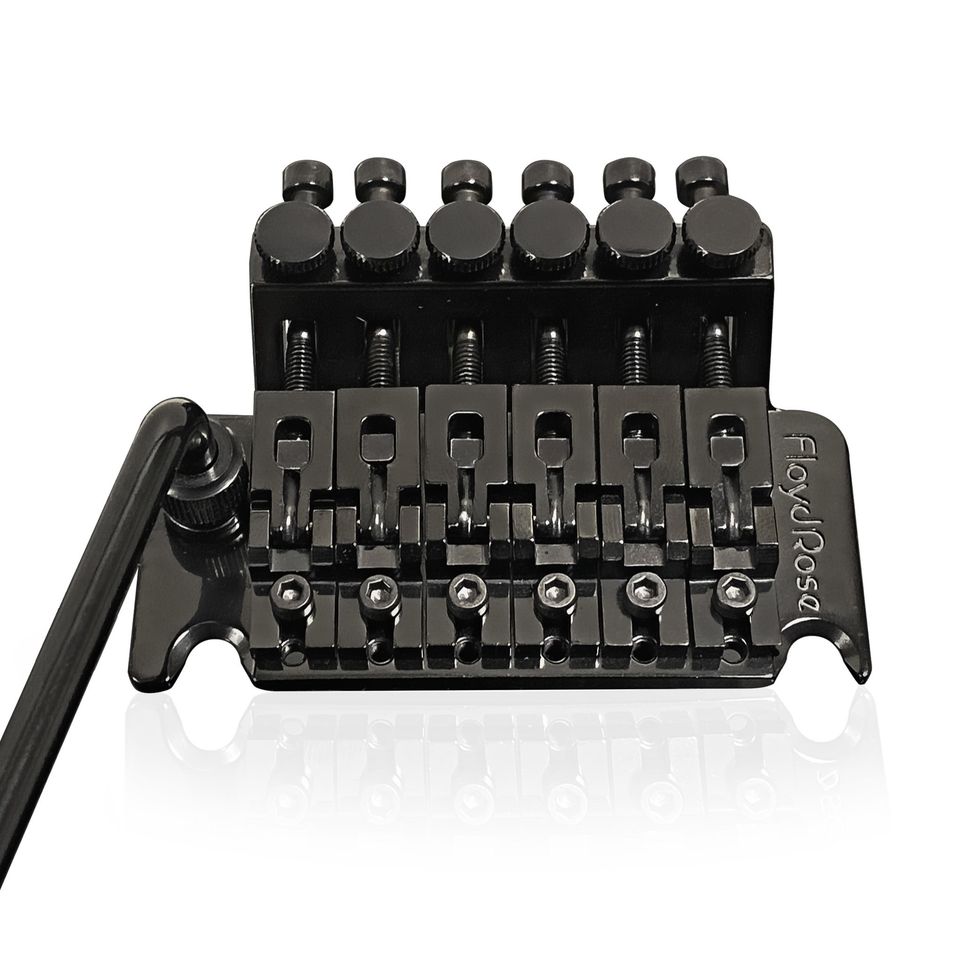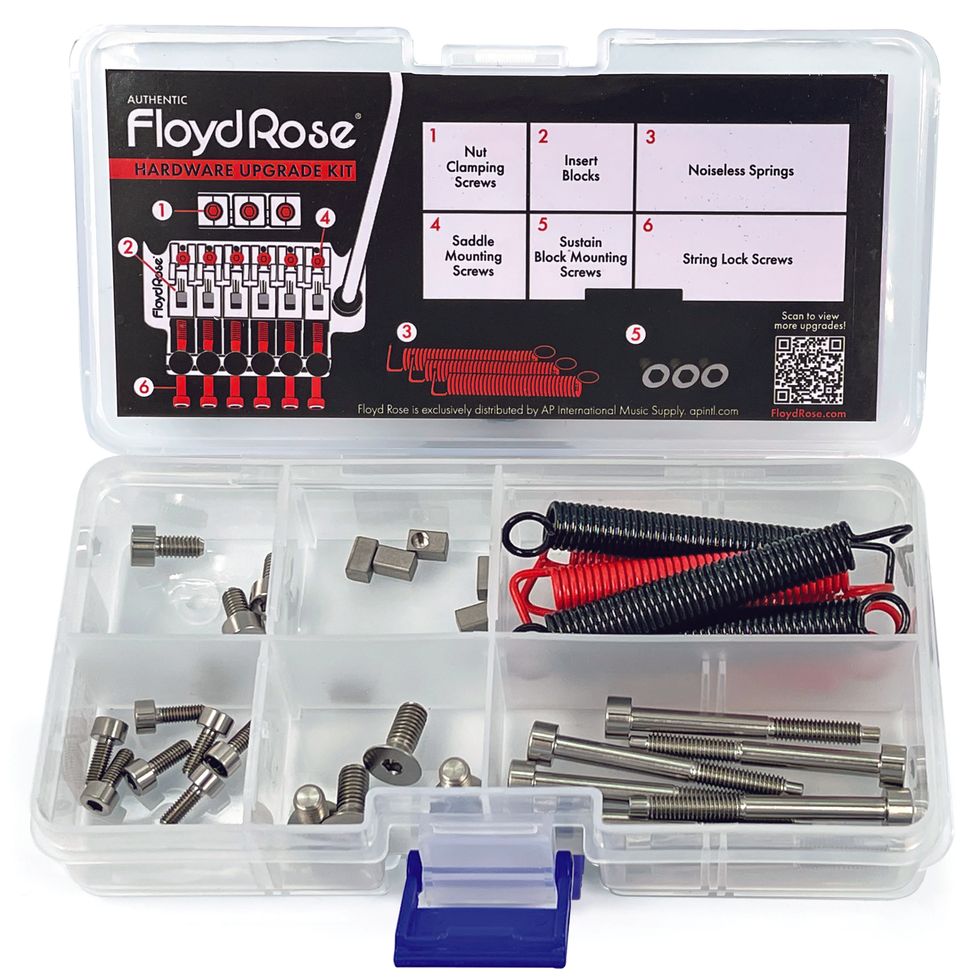ET Guitars The Avenger
Ernie Taylor of ET Guitars makes his first trip to NAMM with a fanned fret, multi scale guitar for $800 ... and its sings. The Avenger is a speed demon with a basswood body, maple neck and rosewood fretboard, with proprietary Alnico 5/ceramic humbuckers and coil-splitting. The neck is a thin C profile and has a 24.75 inch scale, and the Frank Falbo designed tremolo is state of the art.
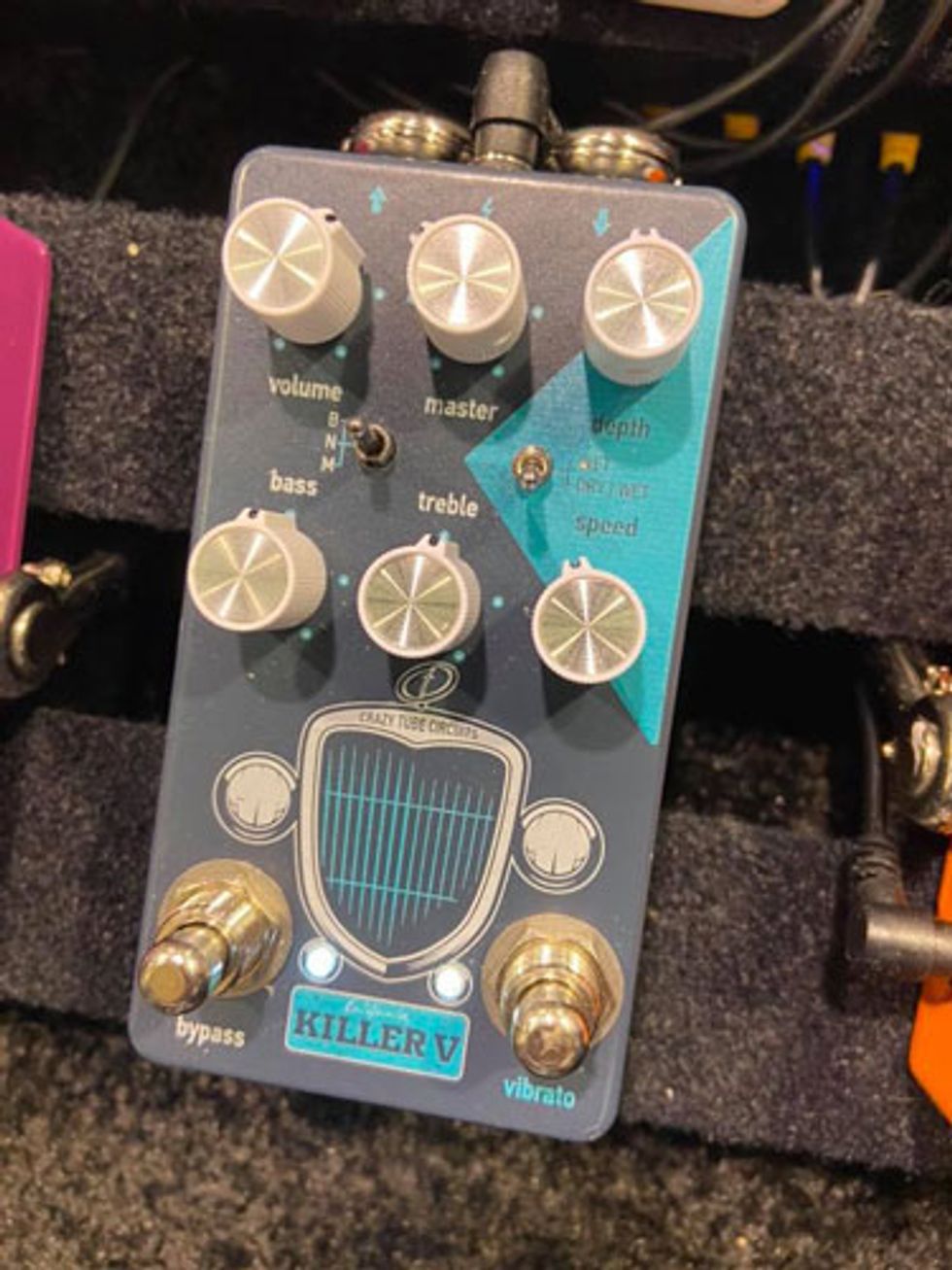

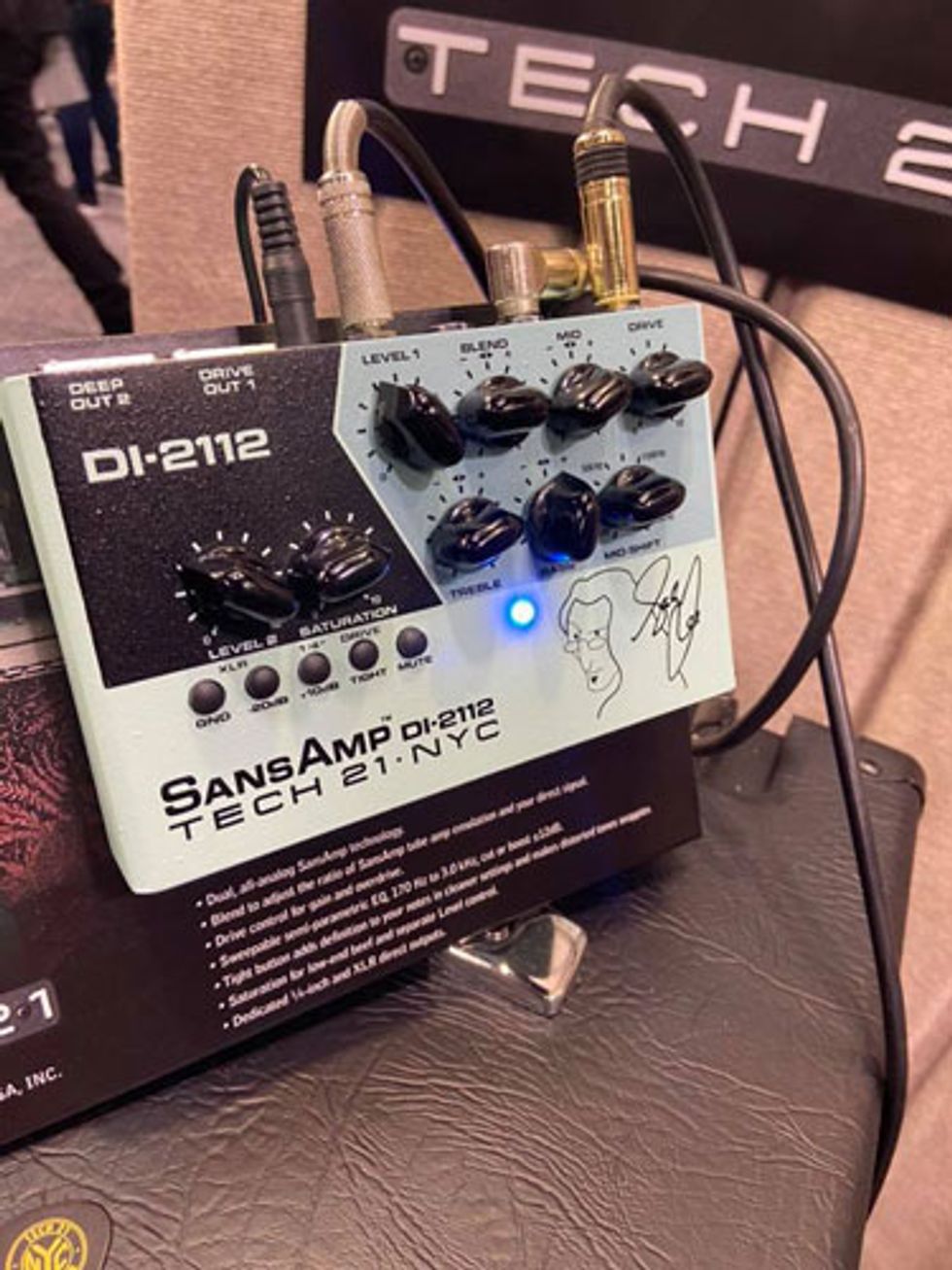
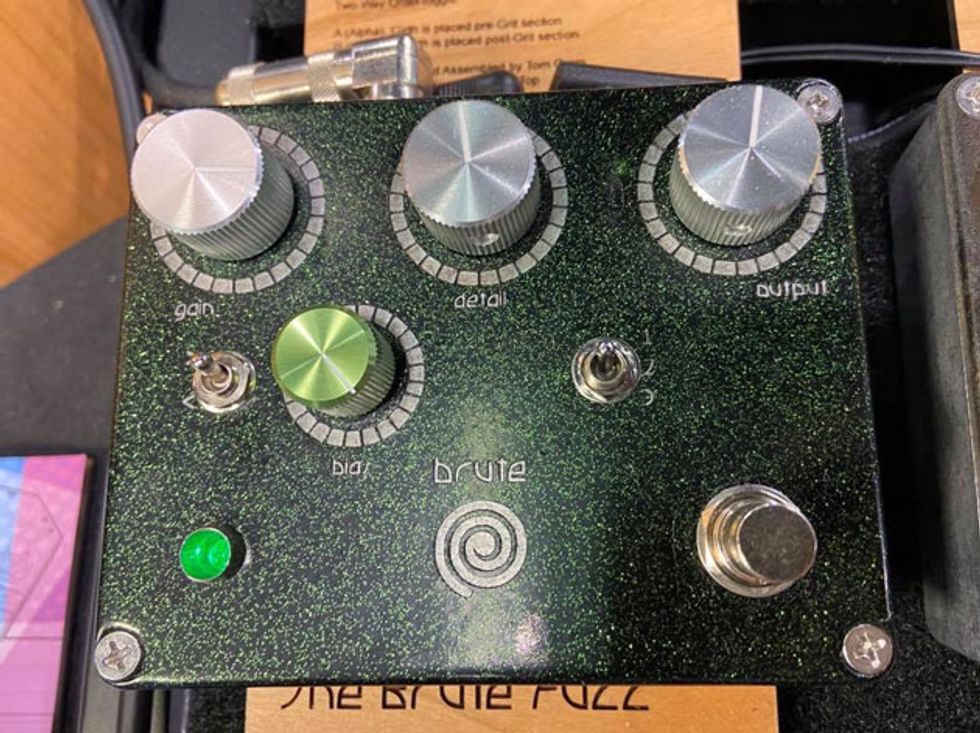
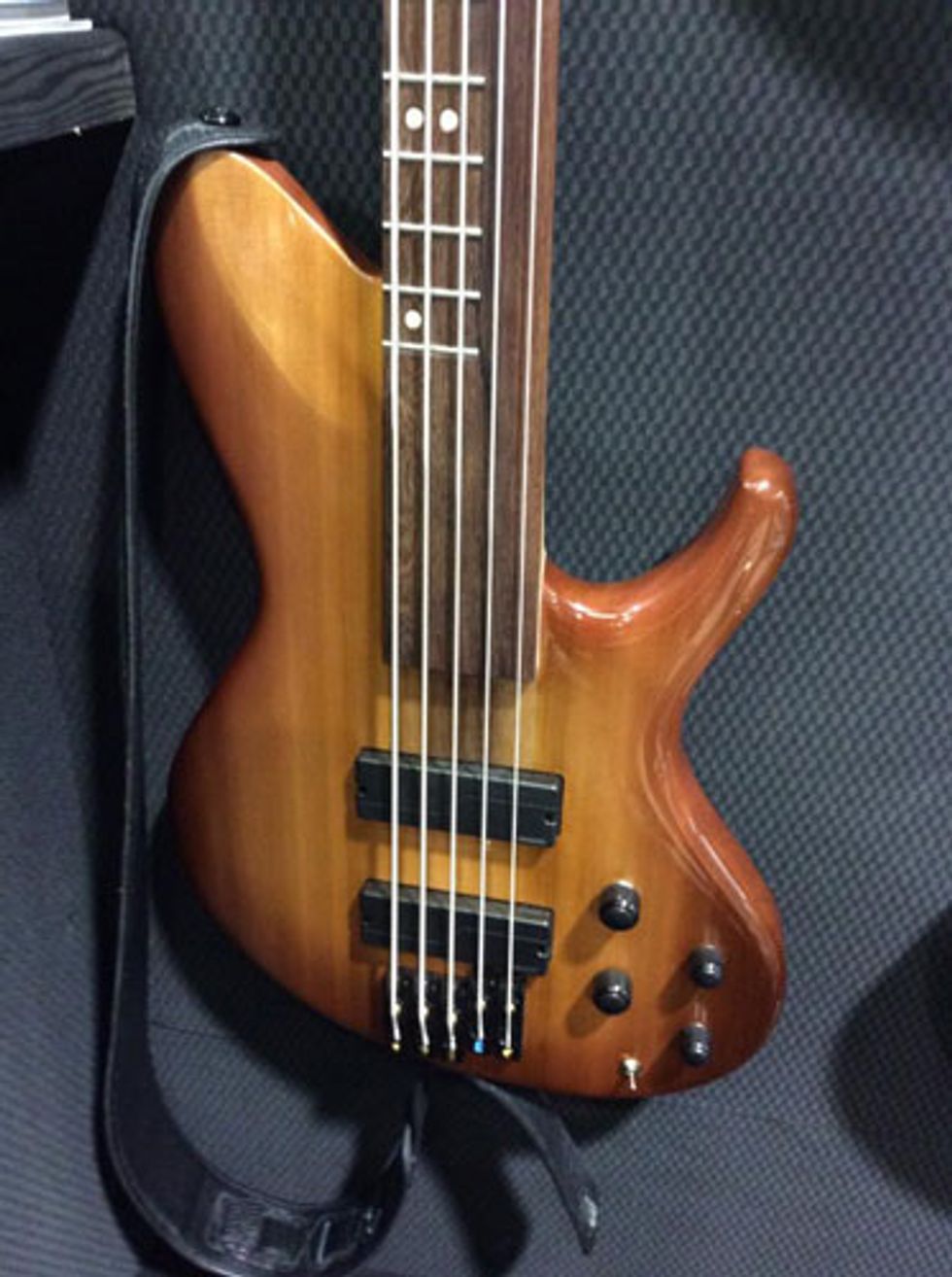
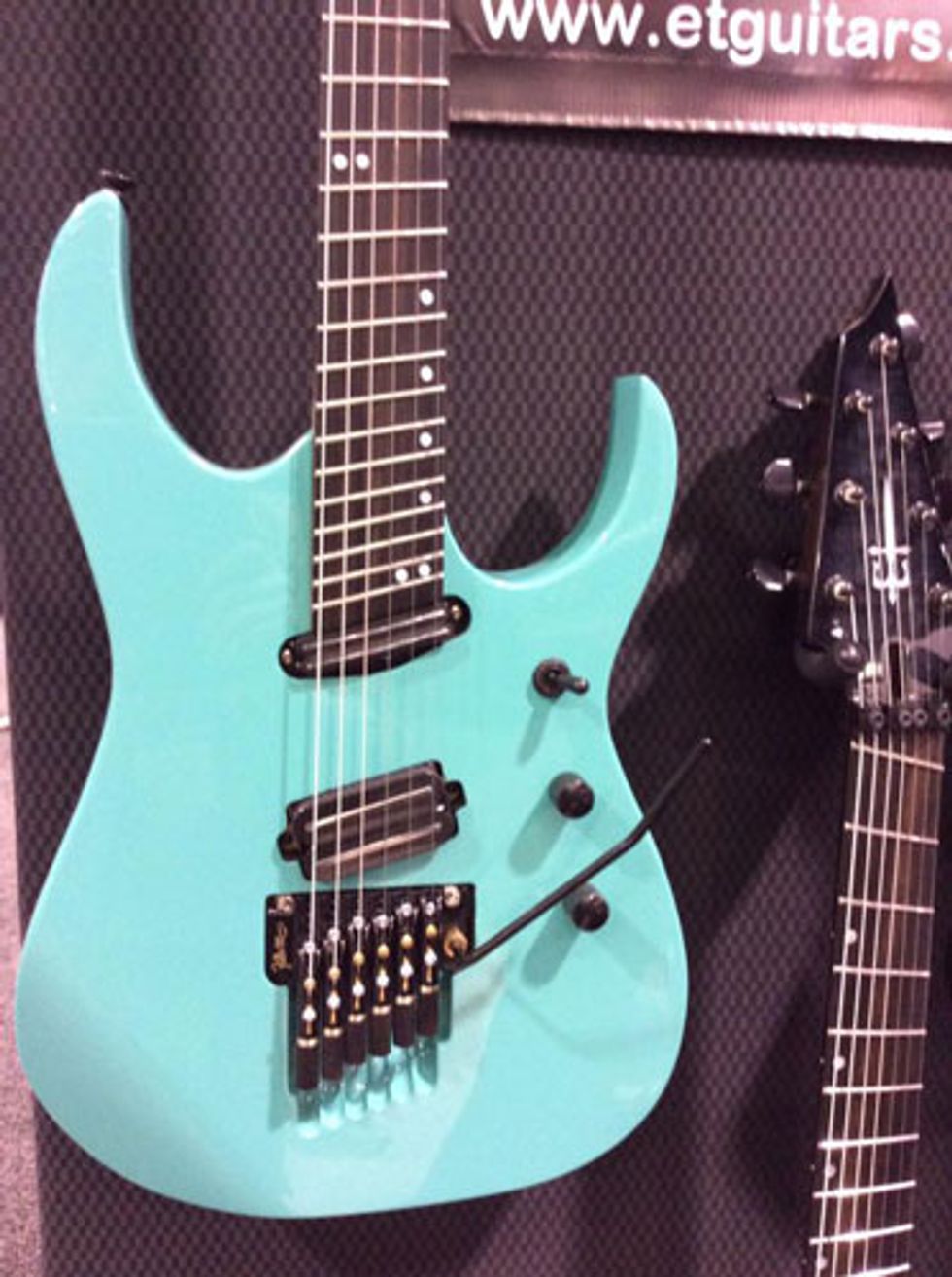
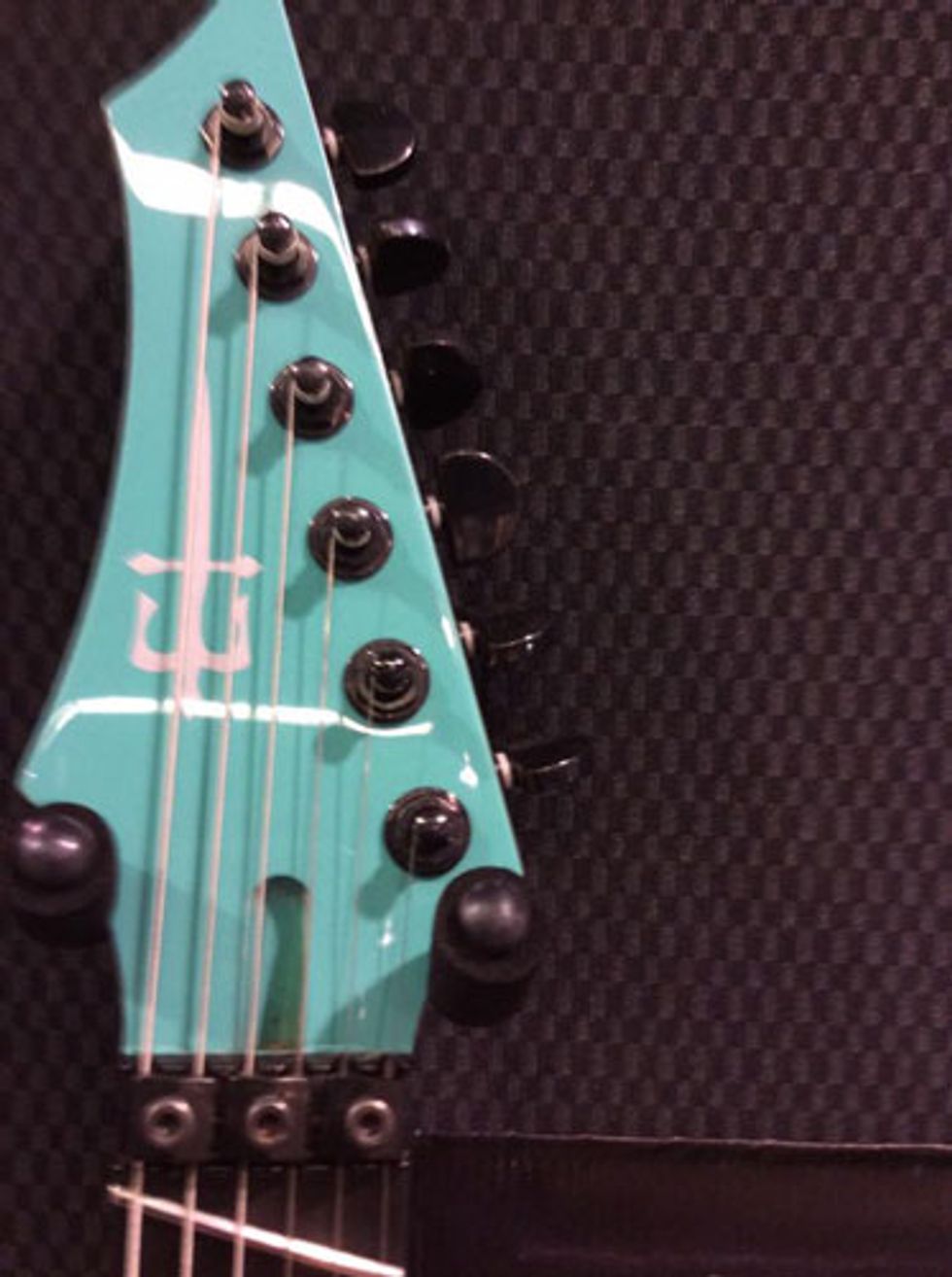
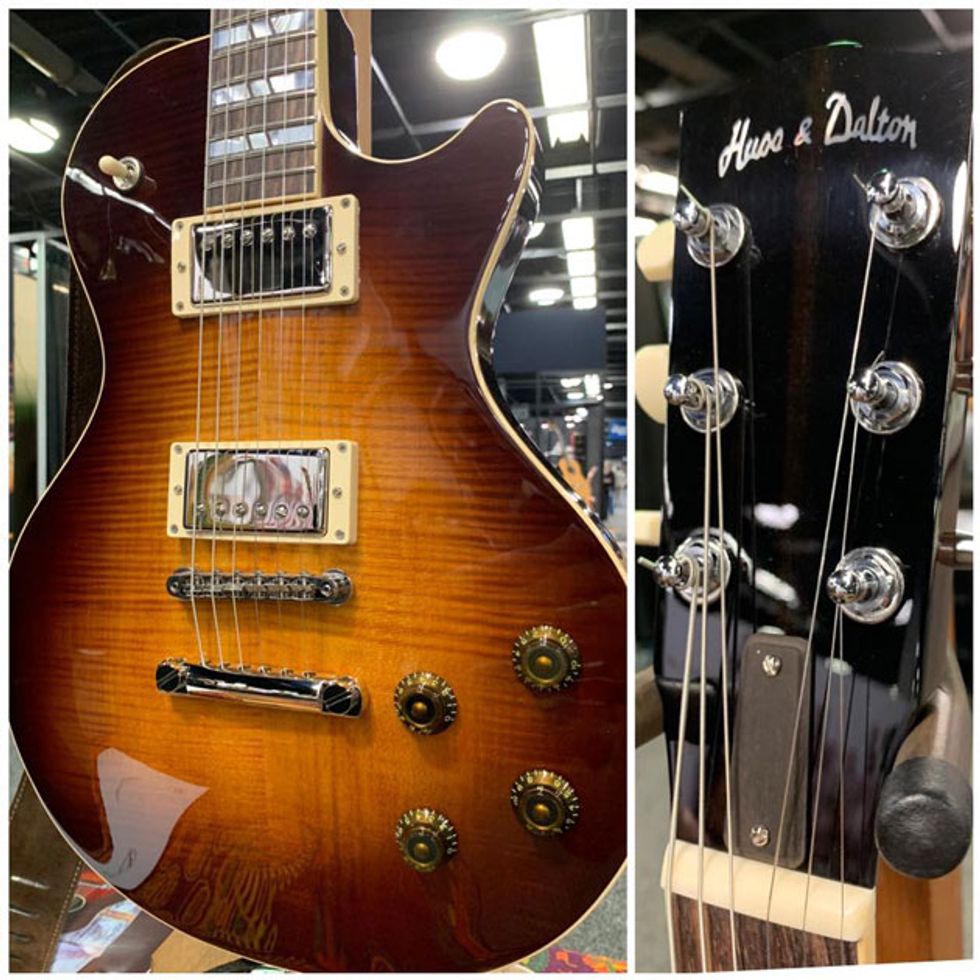
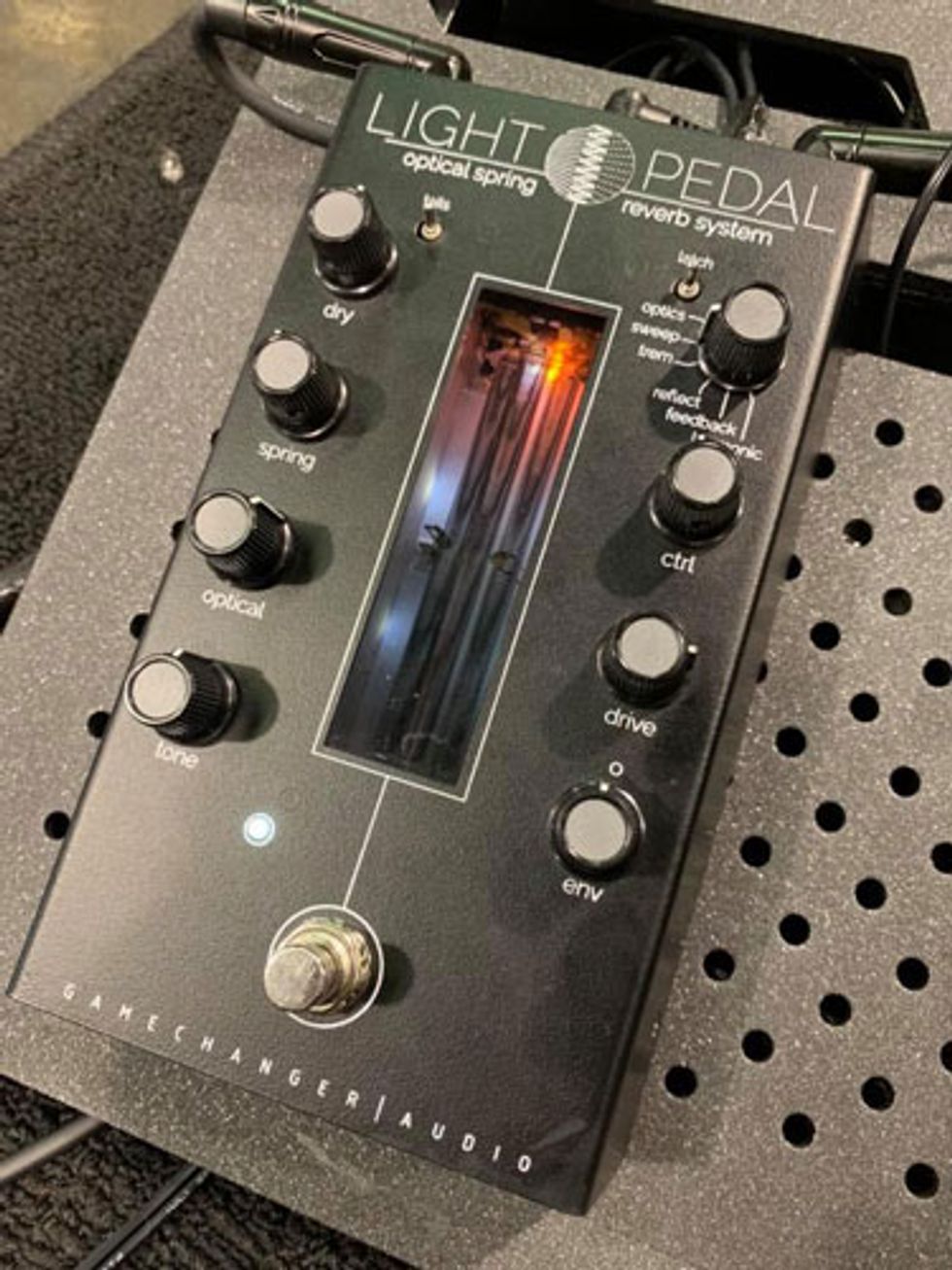
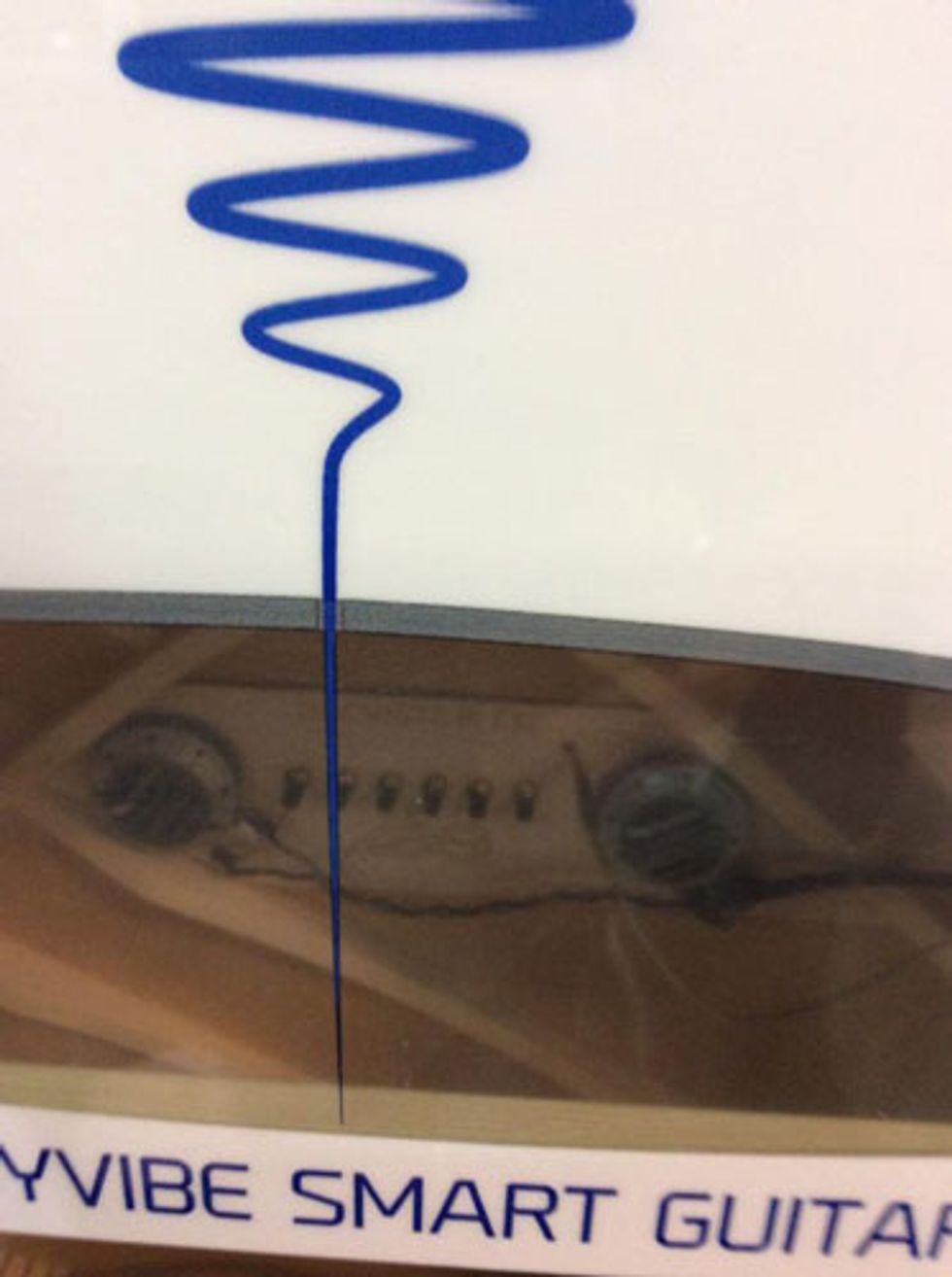
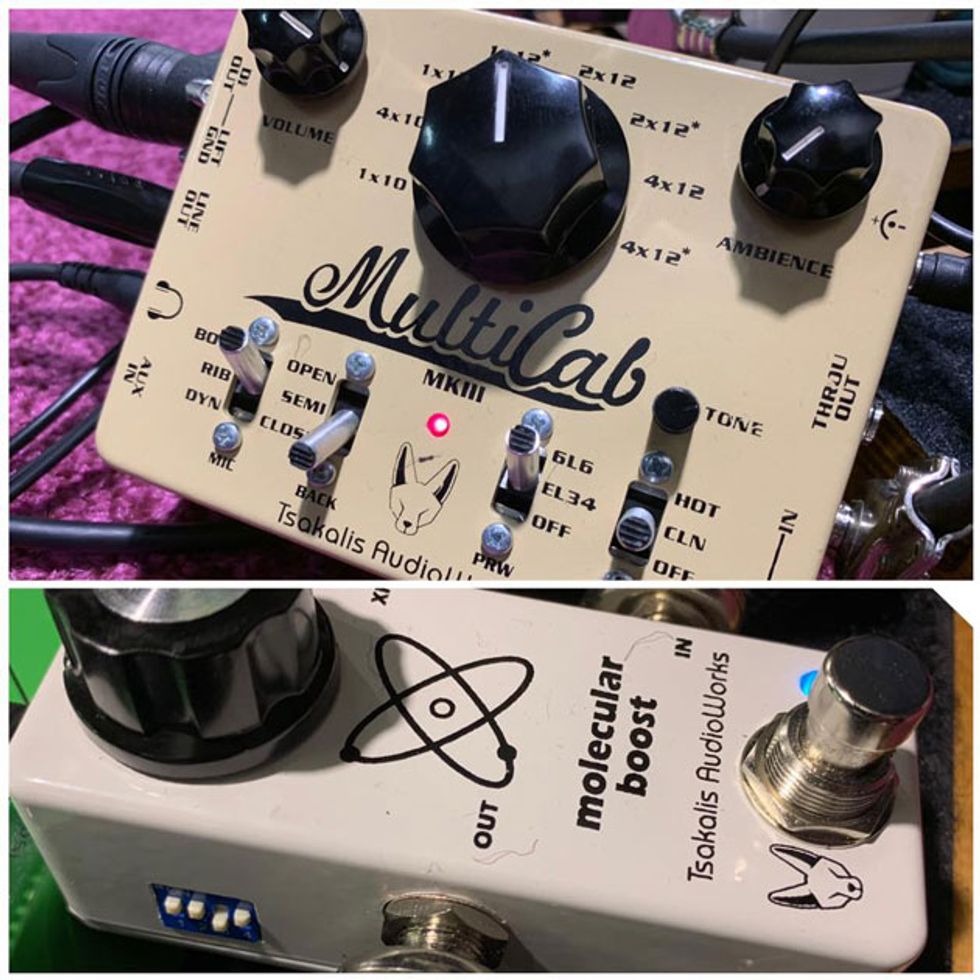












 Zach loves his Sovtek Mig 60 head, which he plays through a cab he built himself at a pipe-organ shop in Denver. Every glue joint is lined with thin leather for maximum air tightness, and it’s stocked with Celestion G12M Greenback speakers.
Zach loves his Sovtek Mig 60 head, which he plays through a cab he built himself at a pipe-organ shop in Denver. Every glue joint is lined with thin leather for maximum air tightness, and it’s stocked with Celestion G12M Greenback speakers.








![Devon Eisenbarger [Katy Perry] Rig Rundown](https://www.premierguitar.com/media-library/youtube.jpg?id=61774583&width=1245&height=700&quality=70&coordinates=0%2C0%2C0%2C0)
































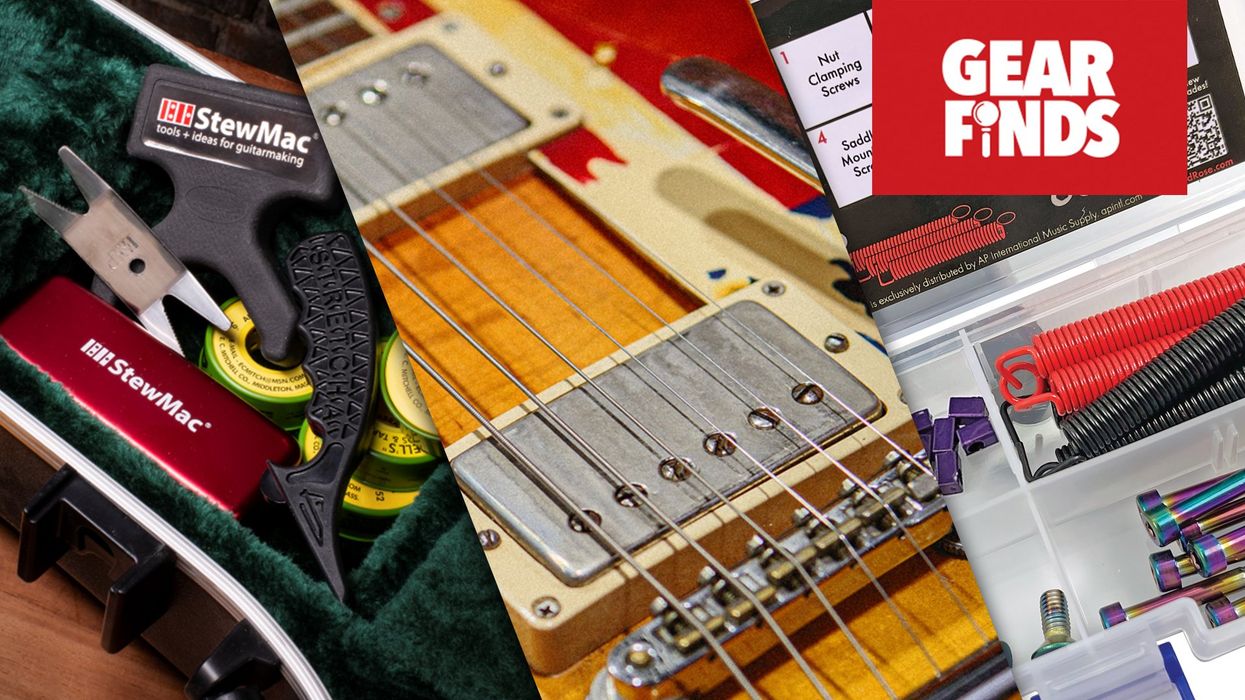
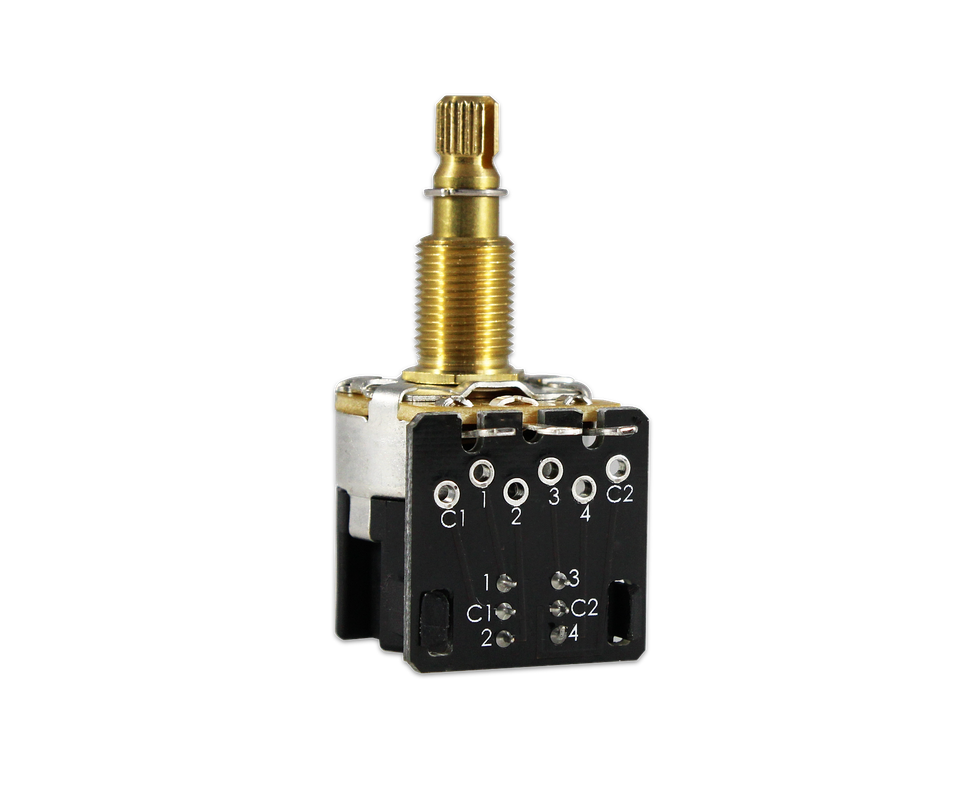
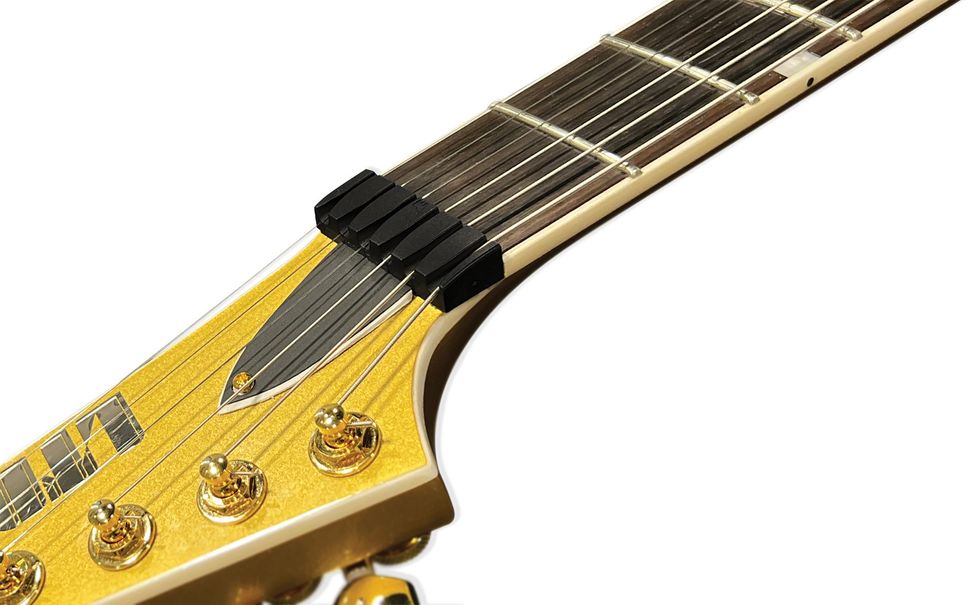
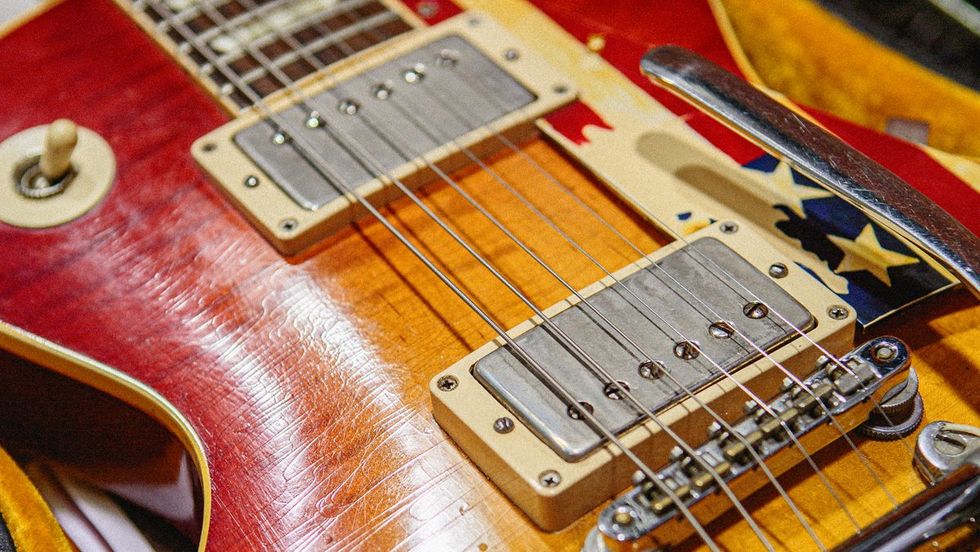
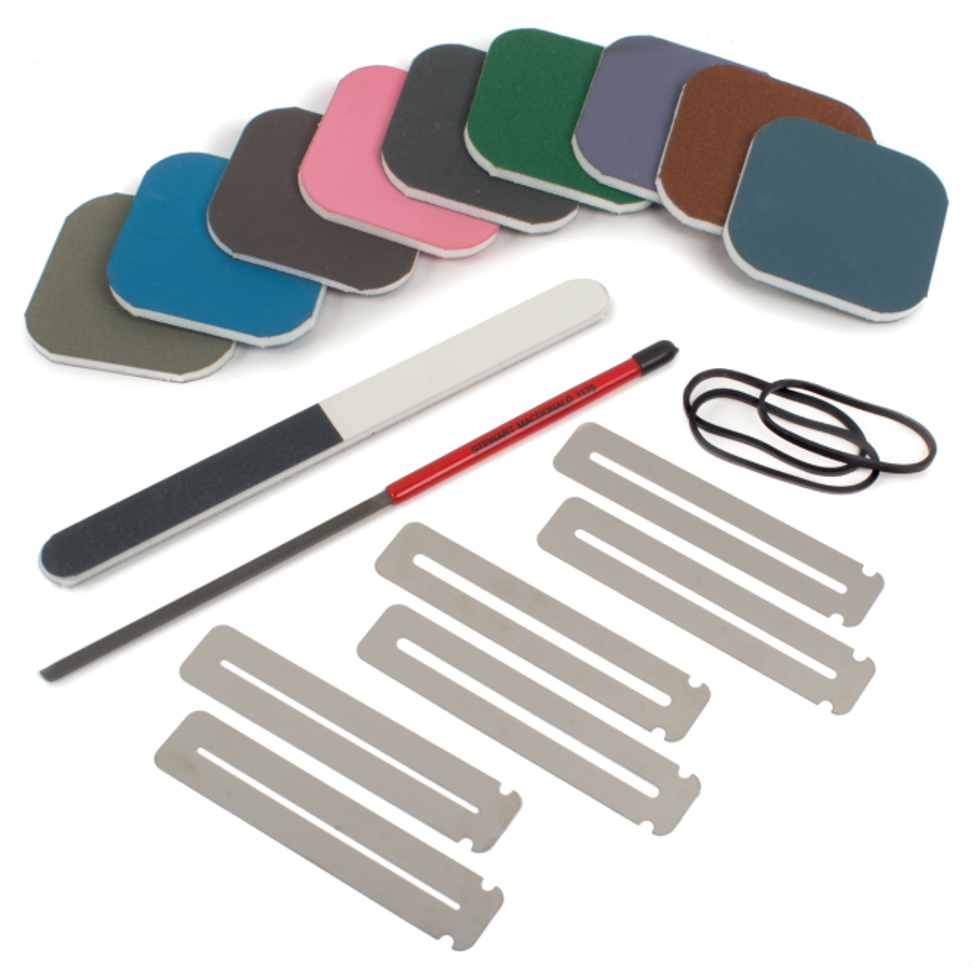
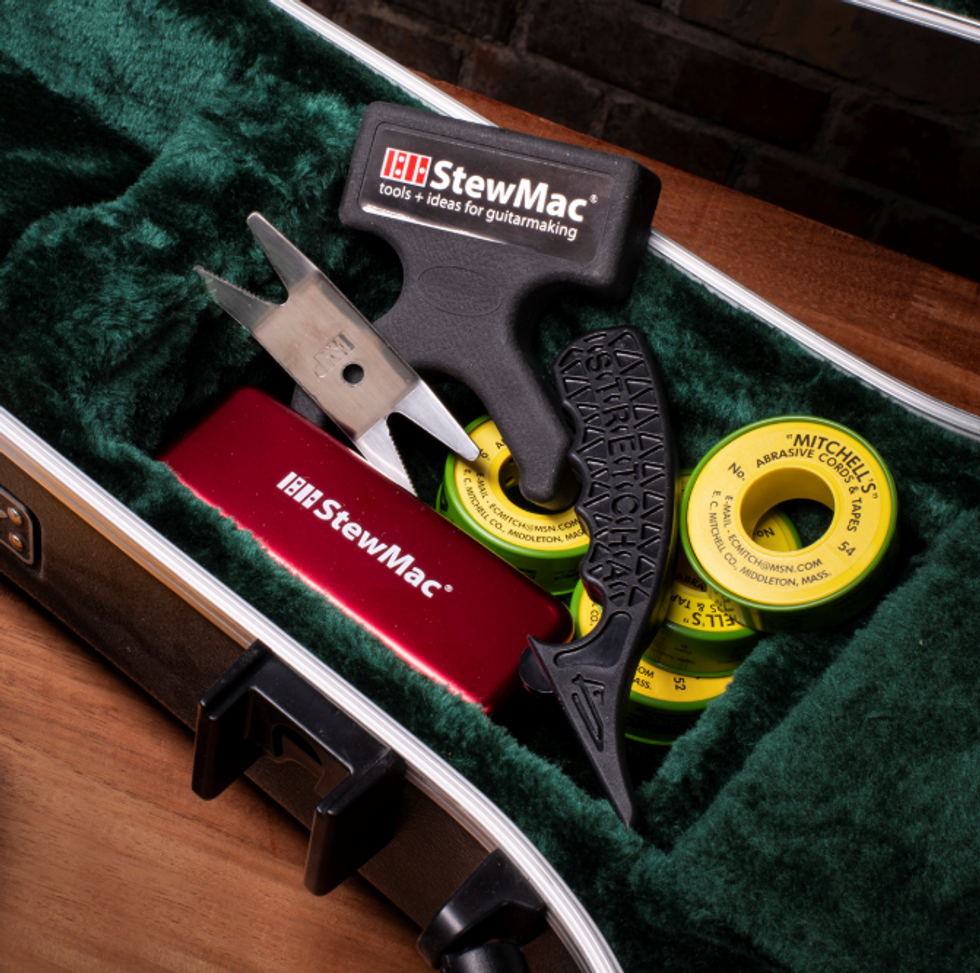 StewMac
StewMac